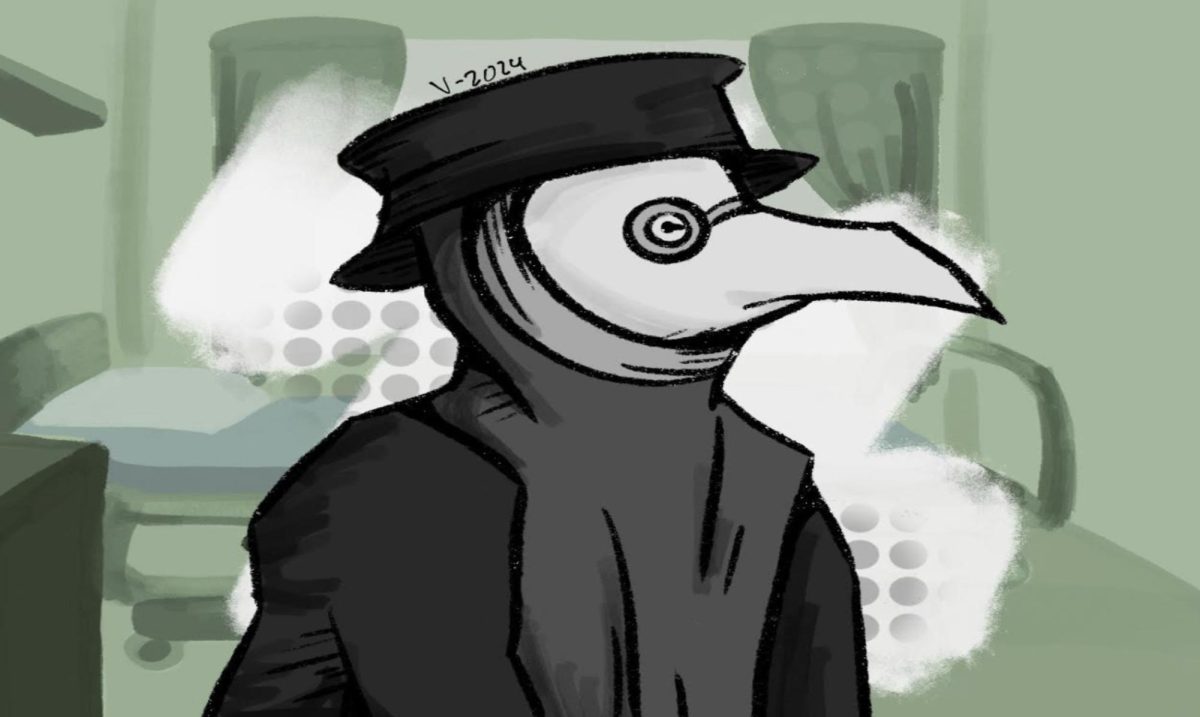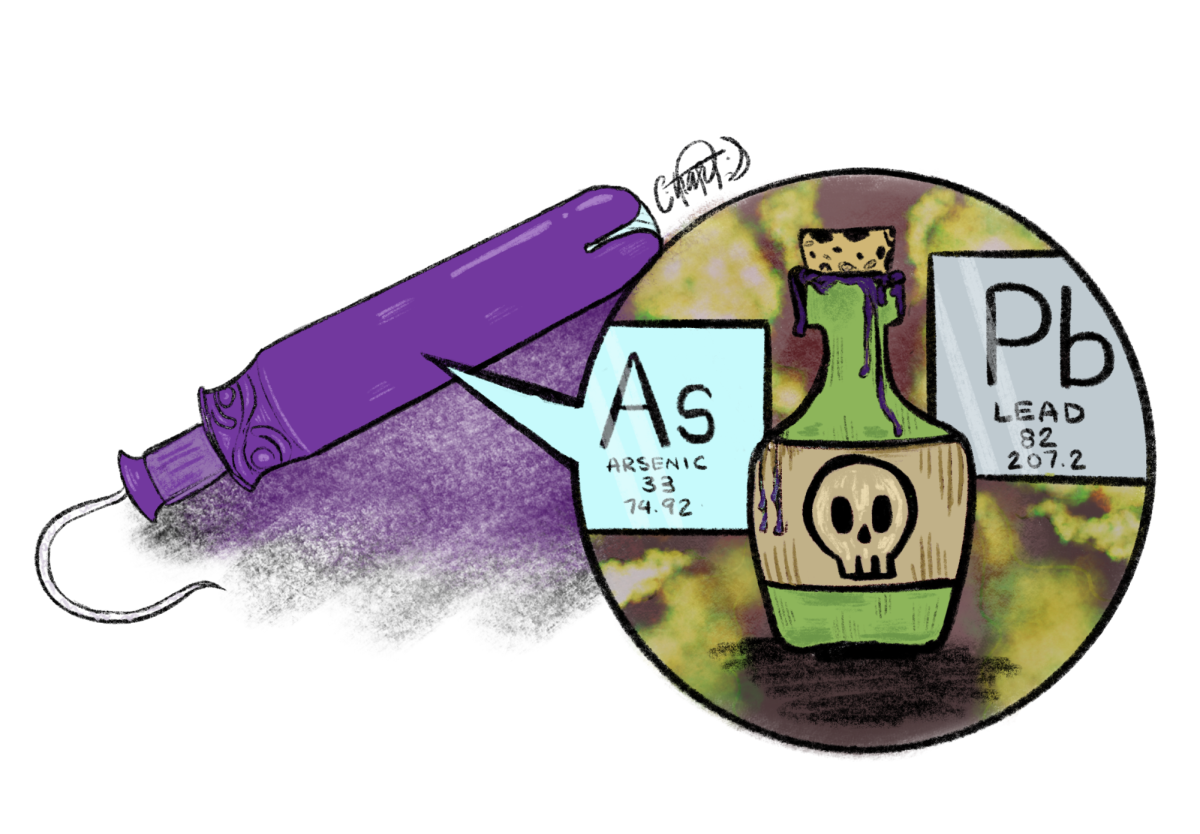Coming out of a global pandemic, the last thing that the world wants to hear is that one of the biggest, and most dangerous pandemics in human history could be back.
This new old pandemic is the plague, which was a global pandemic in the mid-1300s, where it killed roughly 30 to 50 percent of the European population at the time.
The plague isn’t back in full effect, however, but a case has been reported in rural Oregon and has frightened many people who remember hearing about the “Black Death” that killed so many.
Many thought the plague was eradicated, and that the disease was no longer possible to catch.
Julia Stricker-Balistreri, Science Department Chair at Riordan, said, “I didn’t know the plague was still around… I thought it was gone.”
The plague spreads through animals, the most common being rats, mice, and fleas. However, the man who caught the plague in Oregon allegedly contracted the plague from his cat.
While some are frightened by the recent appearance of the plague, many say that they are prepared for a pandemic if it were ever to happen again.
Nico Navarro ’24 said, “It is a little scary that it is back… however, I feel like we’re more equipped for a disease like this.” Some also believe that COVID-19 and the pandemic in 2020 have prepared the world if a pandemic
ever came to flourish again.
Luckily, however, the world most likely will never see the plague break out like it did all those years ago. Only around 700 people get the plague each year and most of those cases come from the island of Madagascar.
If anyone knows someone who is exhibiting signs of the plague, which include “fever, chills, extreme weakness, abdominal pain, shock, and possibly bleeding into the skin and other organs,” they should see a doctor because the medieval disease is still around today.







